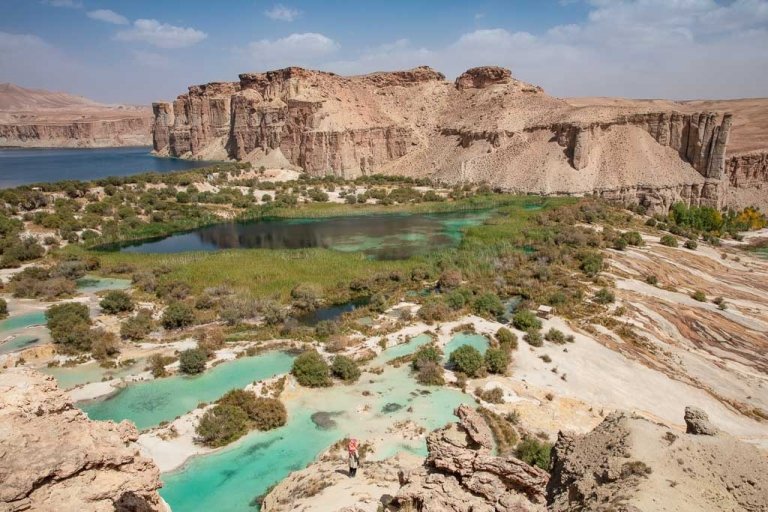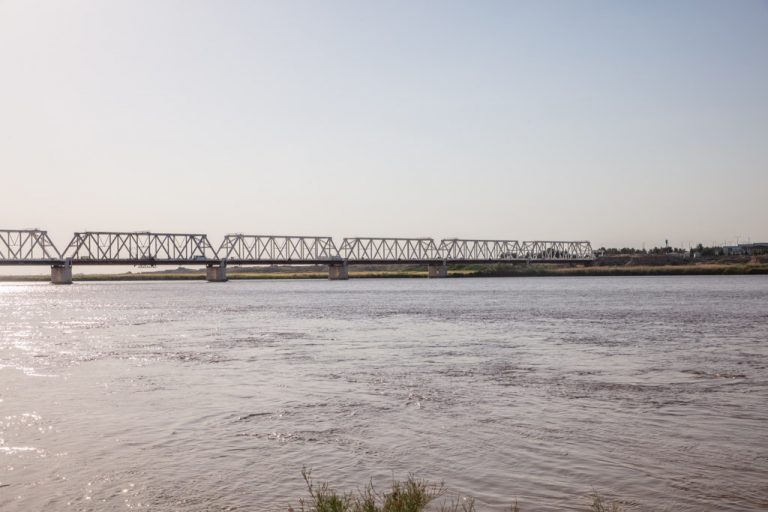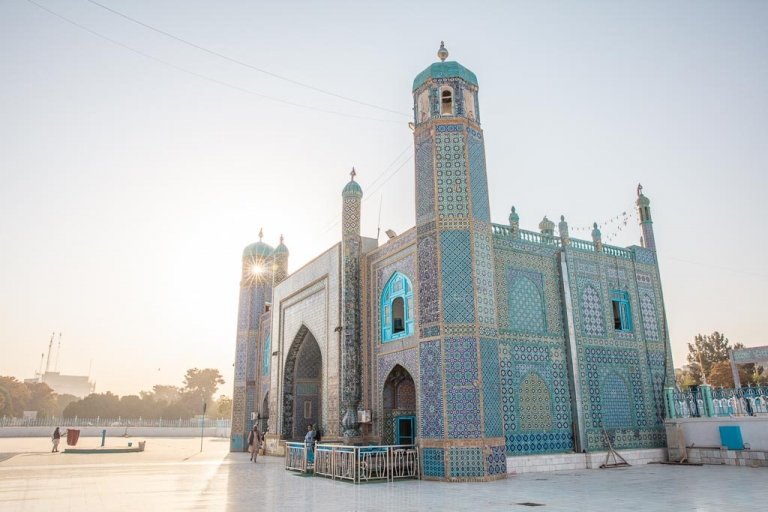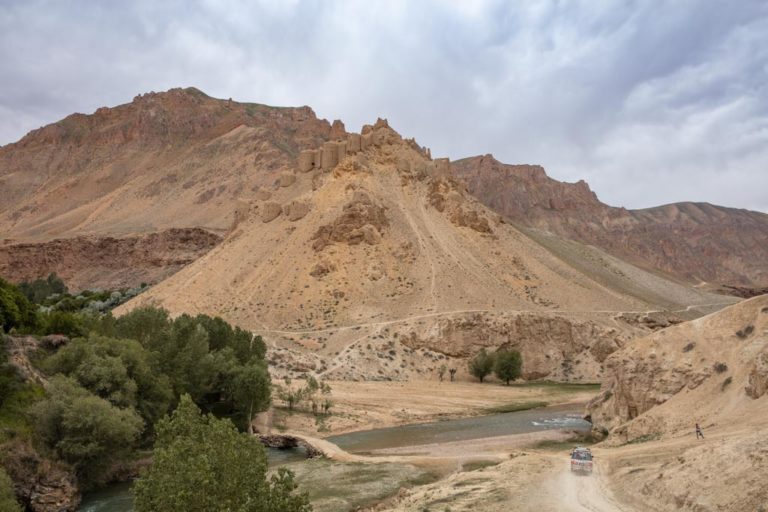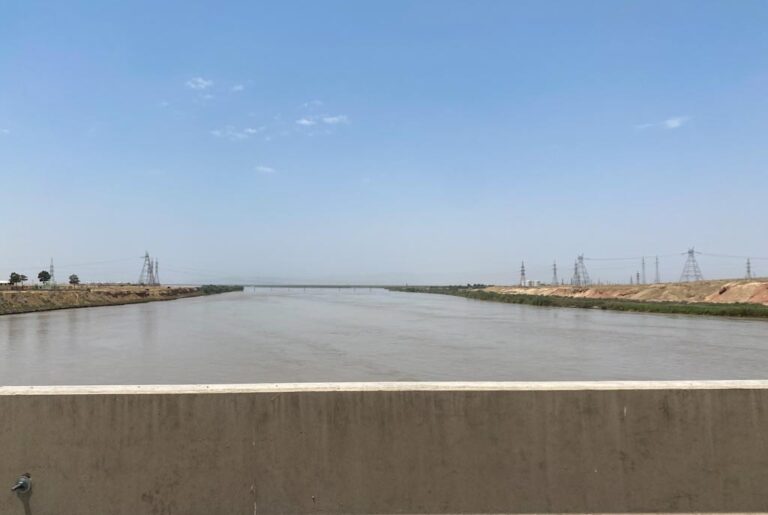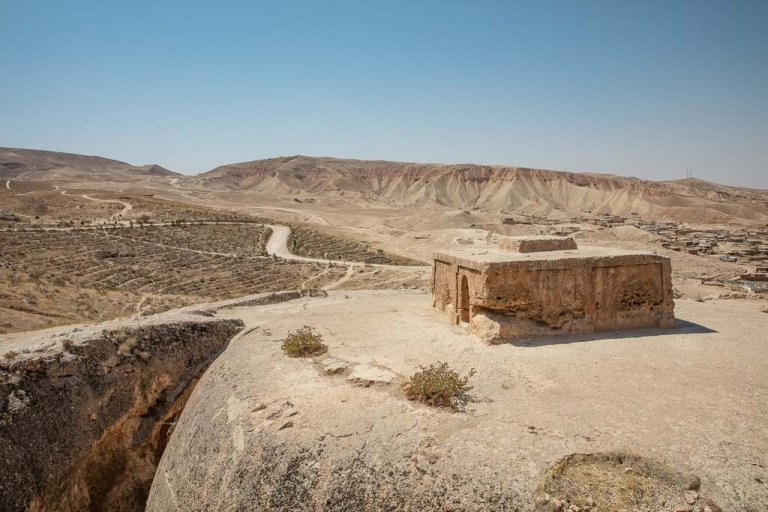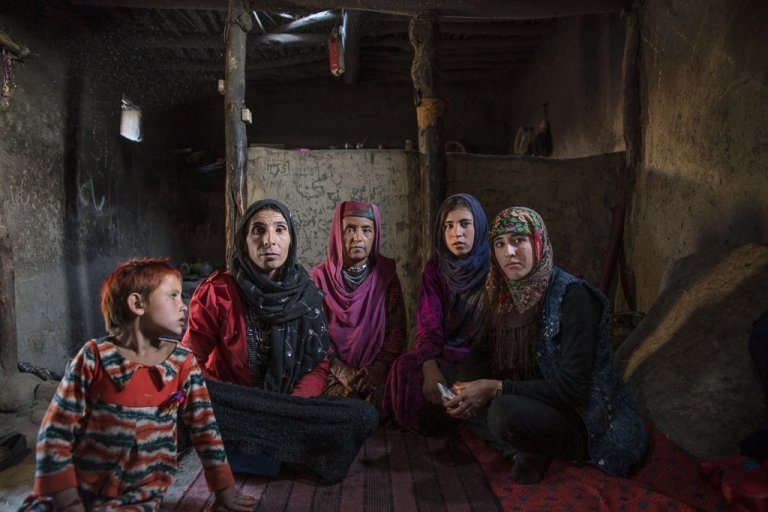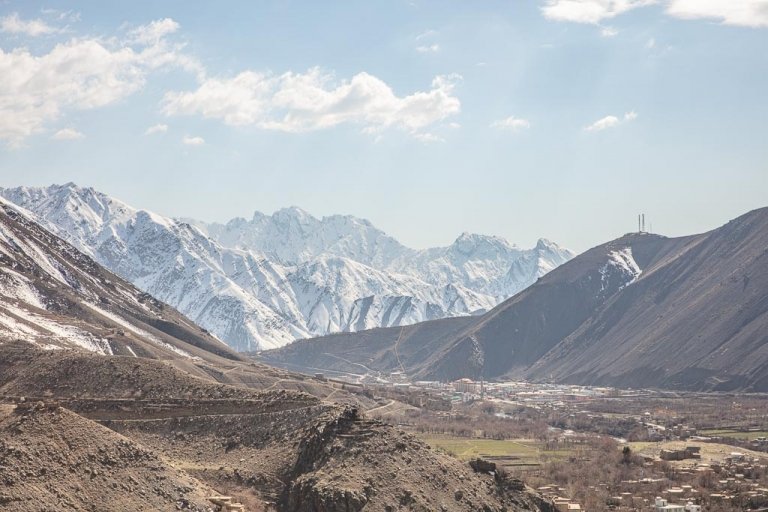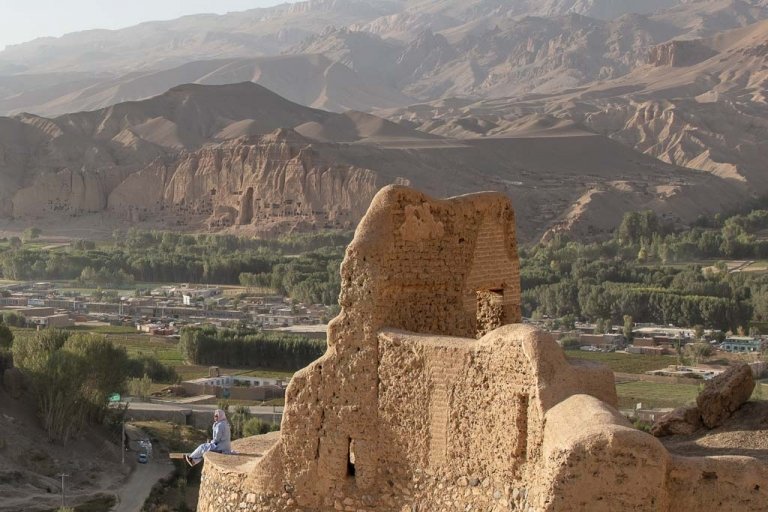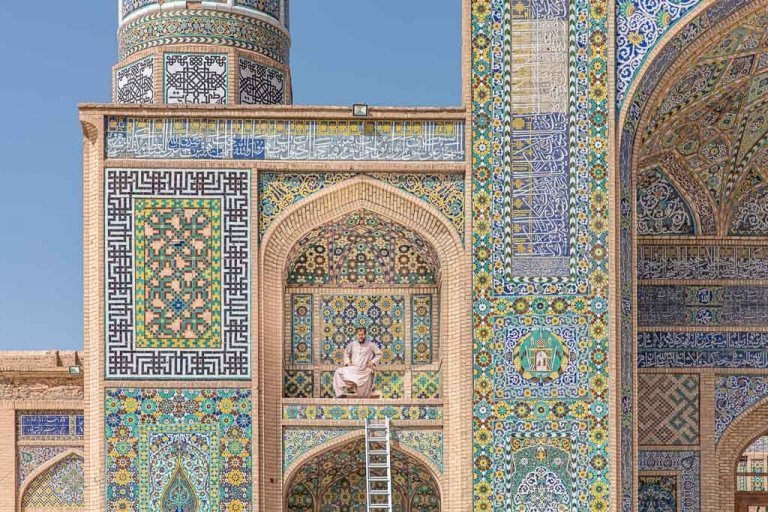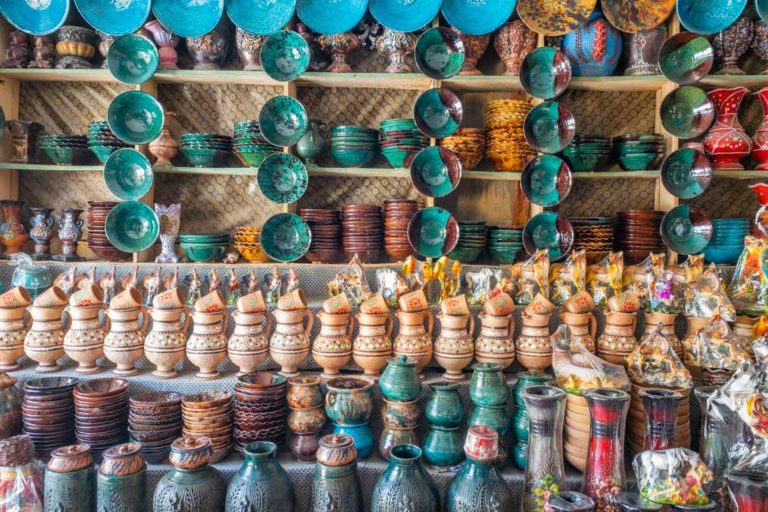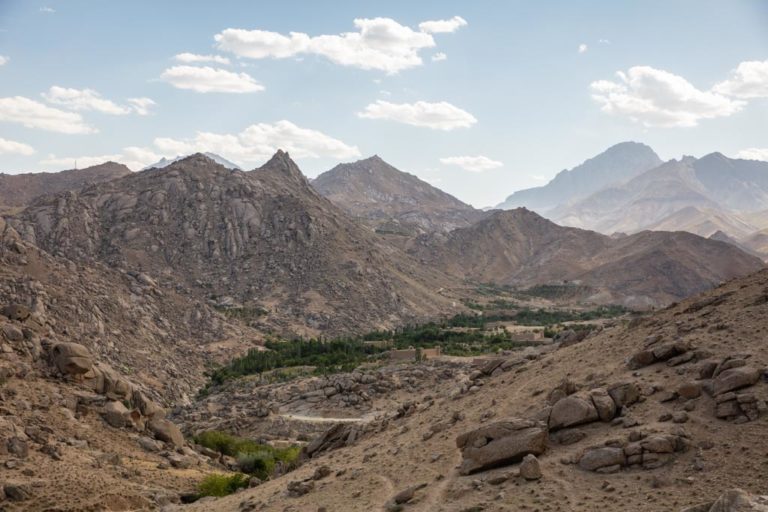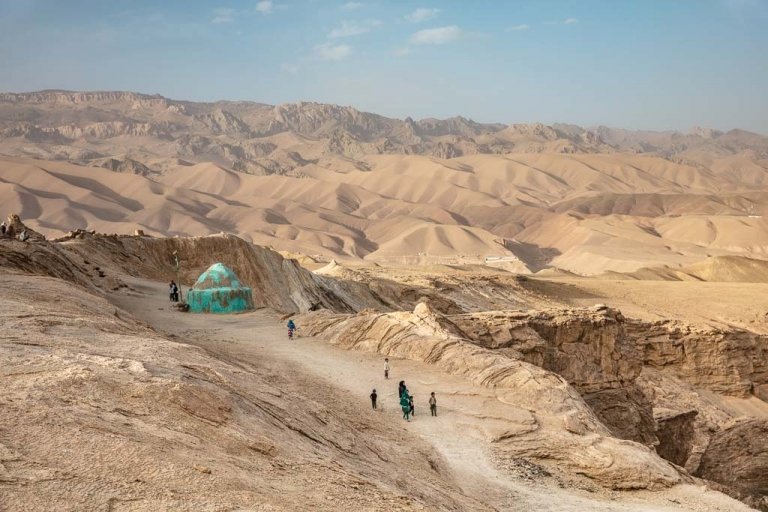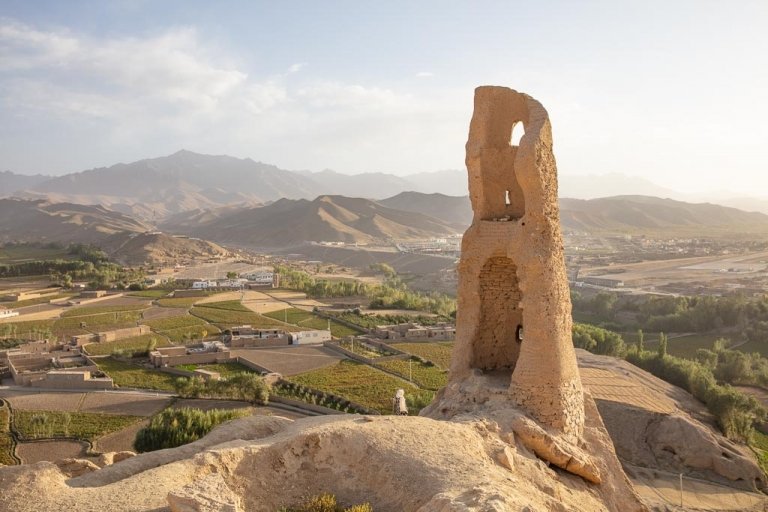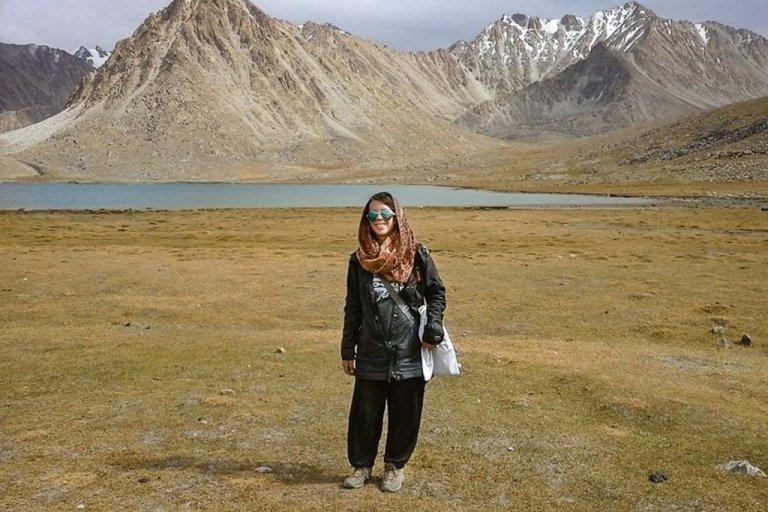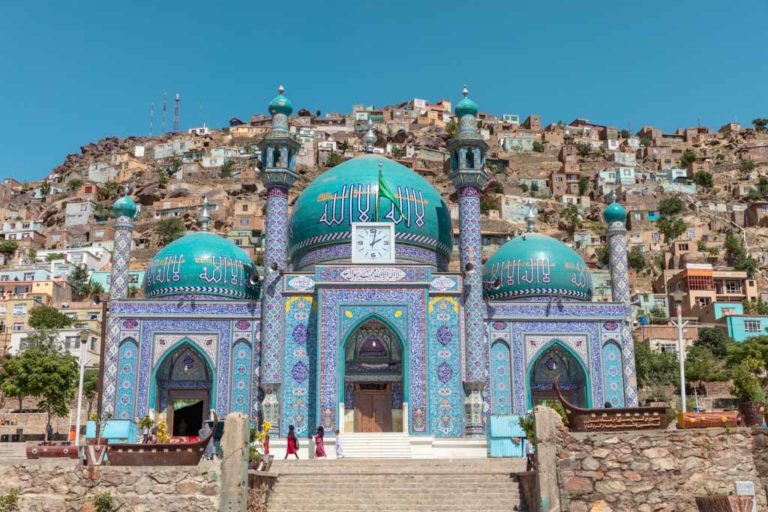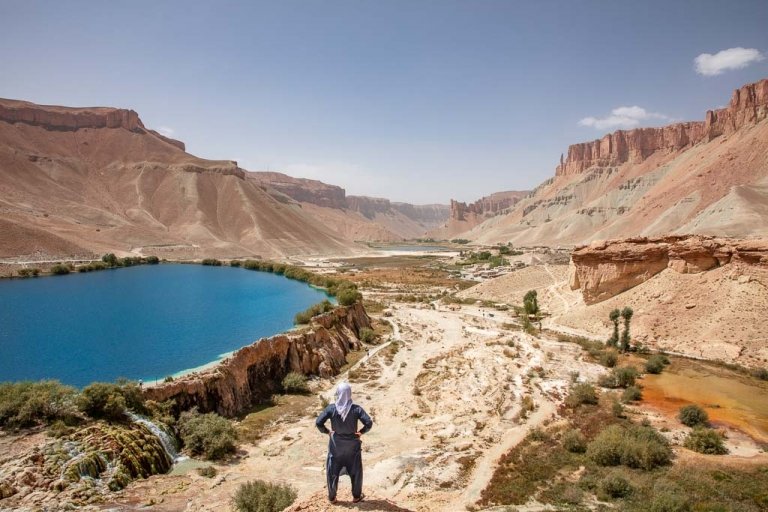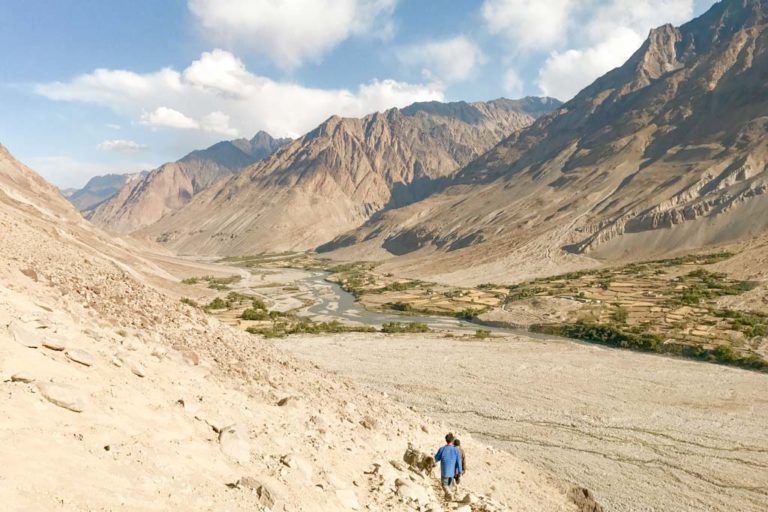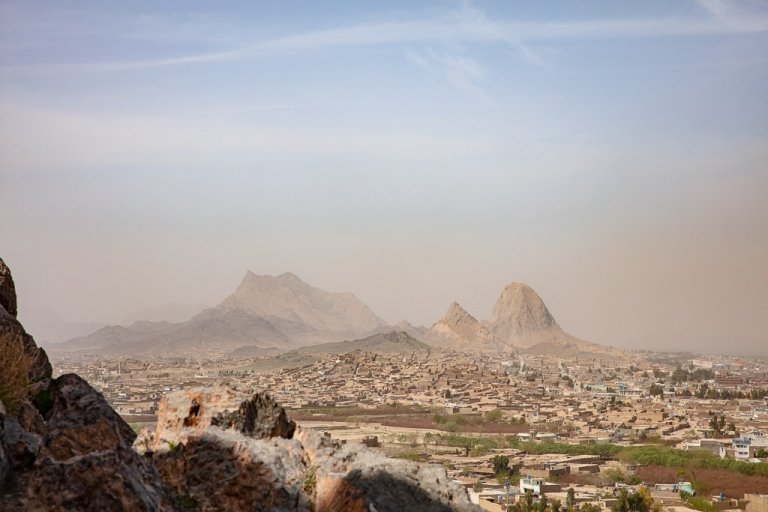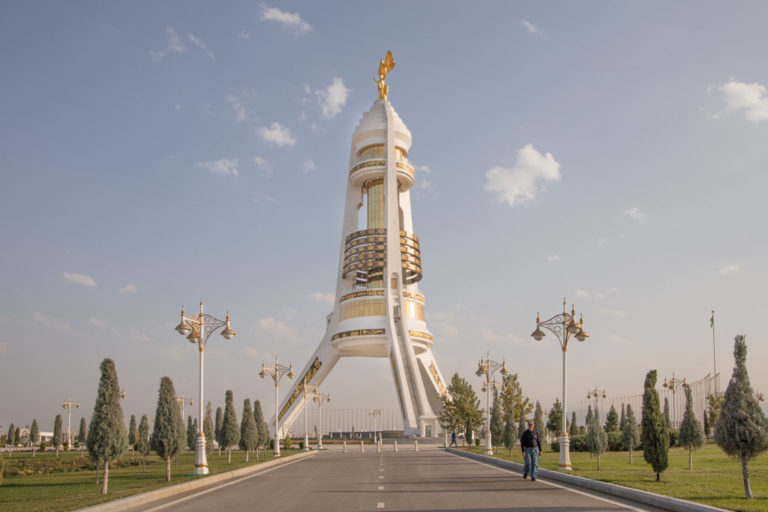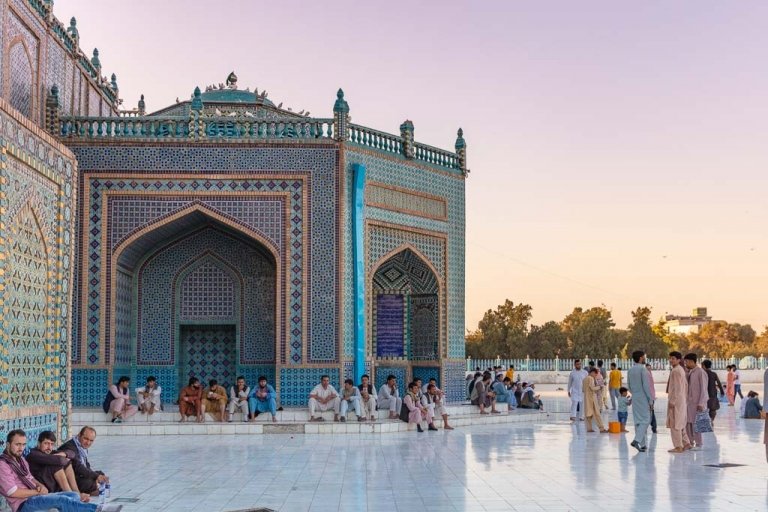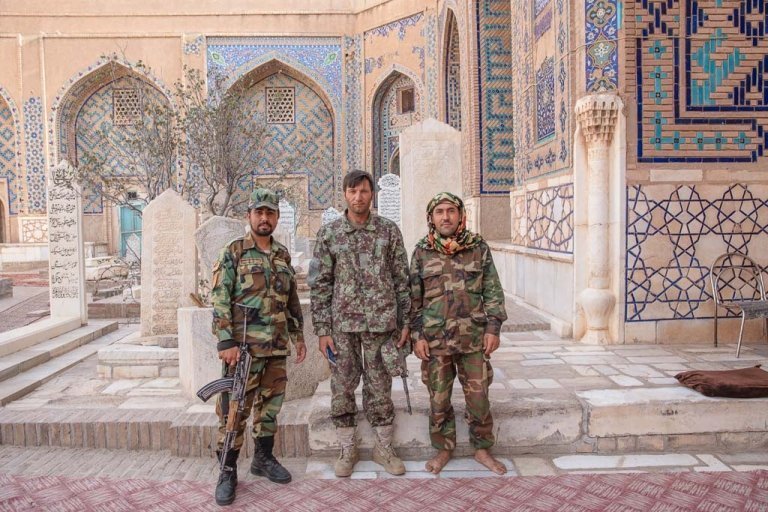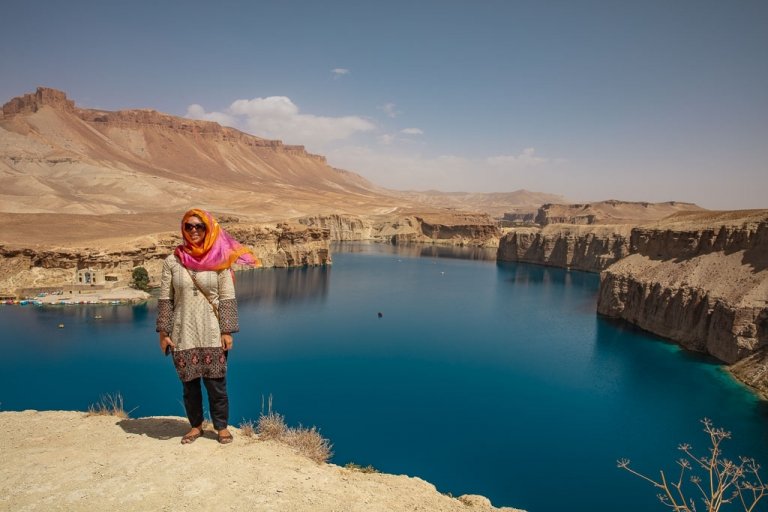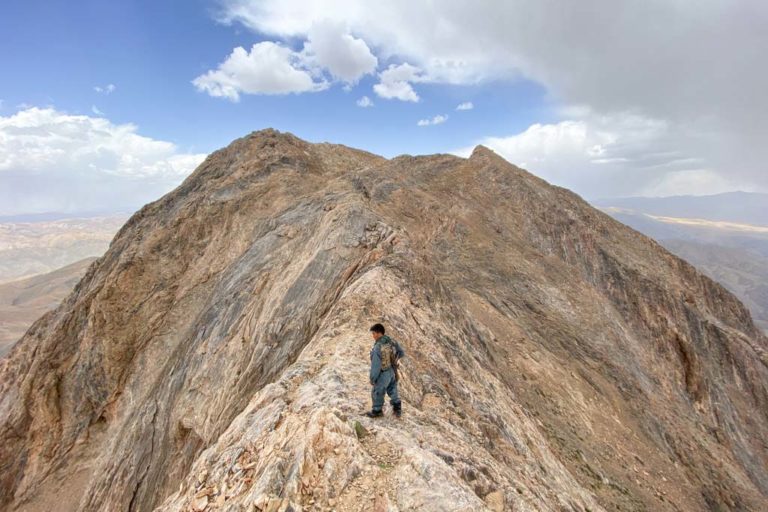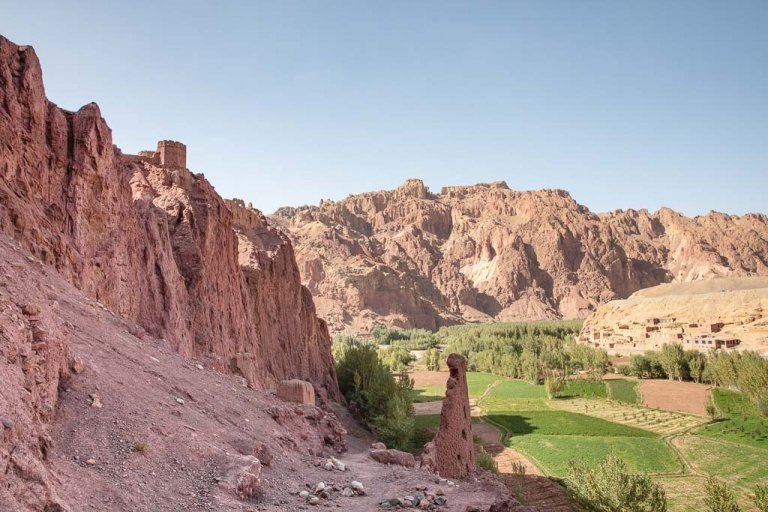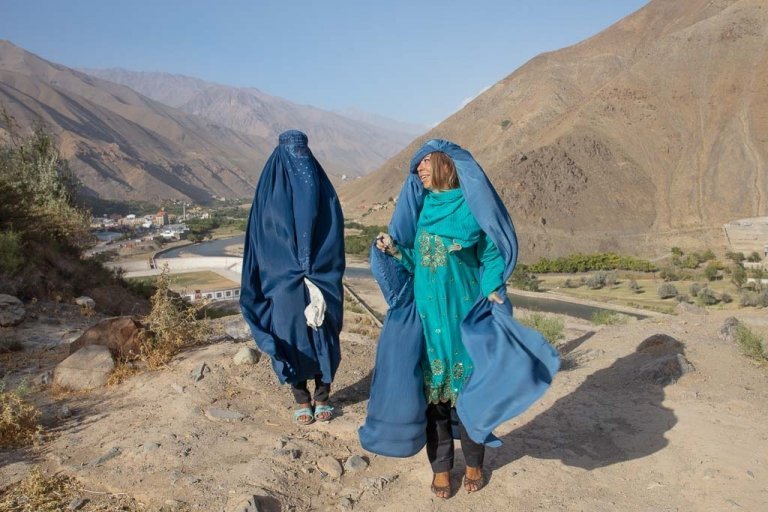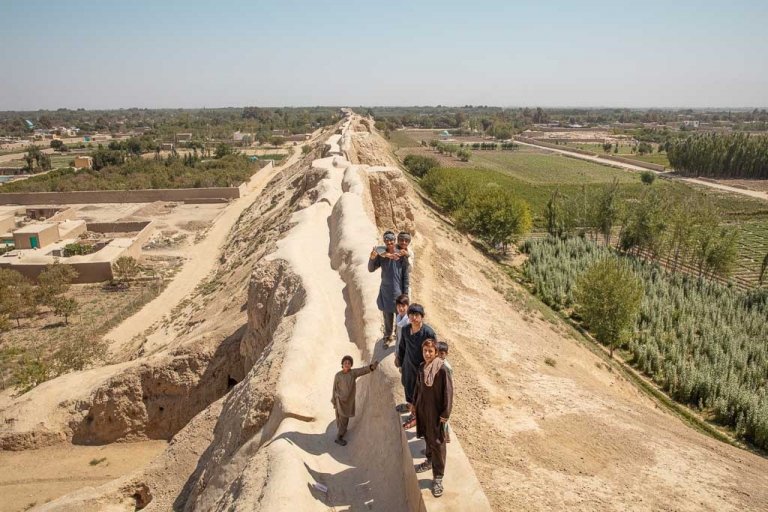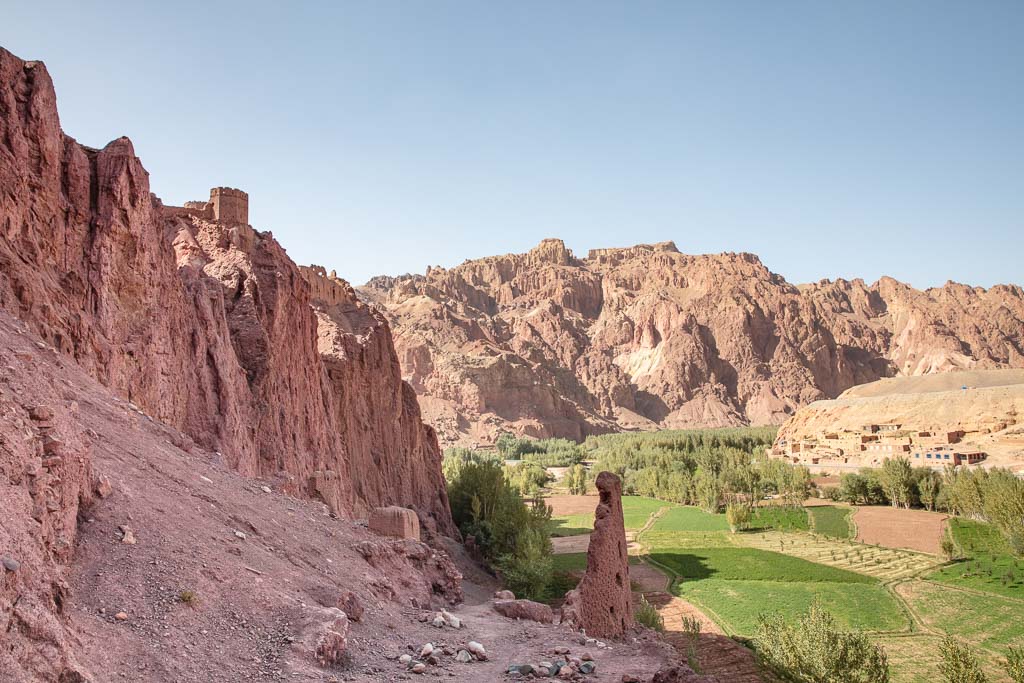
Shahr e Zohak: Afghanistan’s Red City
Updated January 2024, Shahr e Zohak, Afghanistan’s Red City was originally written in February 2019
Guarding the gates of Bamyan Valley where the Bamyan and Kalu Rivers converge sits Shahr e Zohak in its striking crimson grandeur. Estimates put the red city’s origins into the 6th century, built by the Ghorids.
Need Travel Insurance and Evacuation Services for Afghanistan?
Start shopping for travel insurance plans over at IATI Insurance. Readers of the Adventures of Nicole get a 5% discount off your plan.
The Adventures of Nicole partners with Global Rescue to offer the world’s leading medical evacuation and security advisory services. To travel with peace of mind, shop evacuation coverage at Global Rescue.
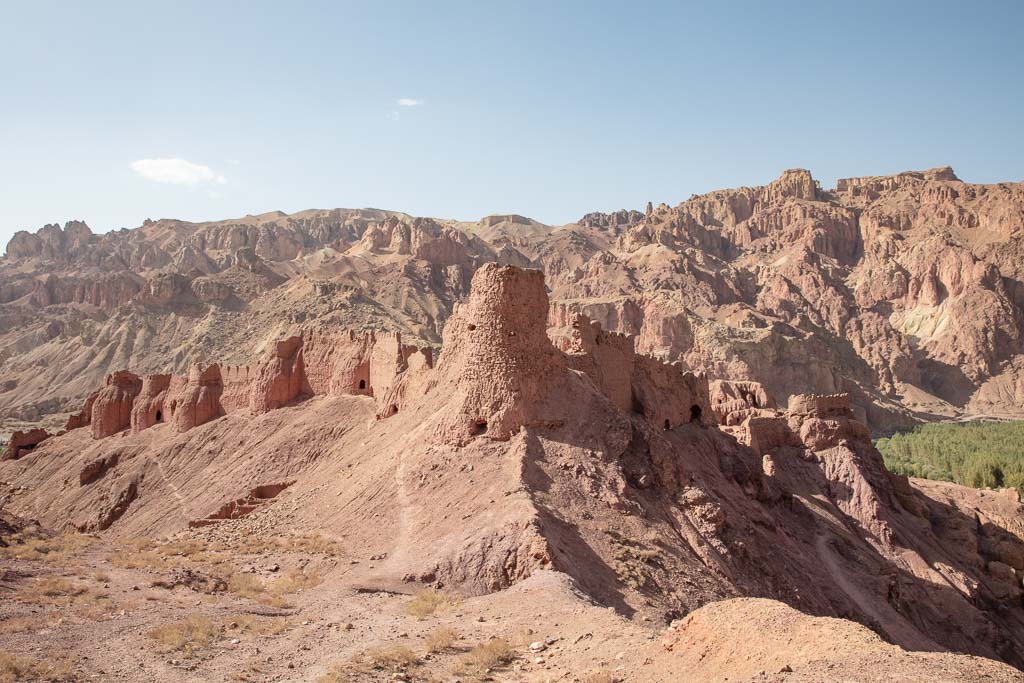
A Little History Of The Ghorid Dynasty
The Ghorid Dynasty at its pinnacle encompassed large swaths of Afghanistan, Tajikistan, Iran, Pakistan, Northern India, and even bits of Turkmenistan, Kyrgyzstan, China, and Bangladesh. The Ghorid population was originally Buddhist, as the religion spread and took hold in Afghanistan starting in 305 BC.
By 1100 AD the Ghorid Dynasty would be converted to Sunni Islam during the Ghazvnavid conquests of Ghor lead by emperor Mahmud of Ghazni. Only 86 years later the Ghorids would overthrow the Ghaznavids and name Lahore the capital.
By 1215 the Ghorids would fall to the Khorezemids due to instability, overthrowing the dynasty. Bamyan Valley would fall under the leadership of the final Khorezemian ruler, Jalaladin Mingburnu.
Start here: The Afghanistan Travel Guide
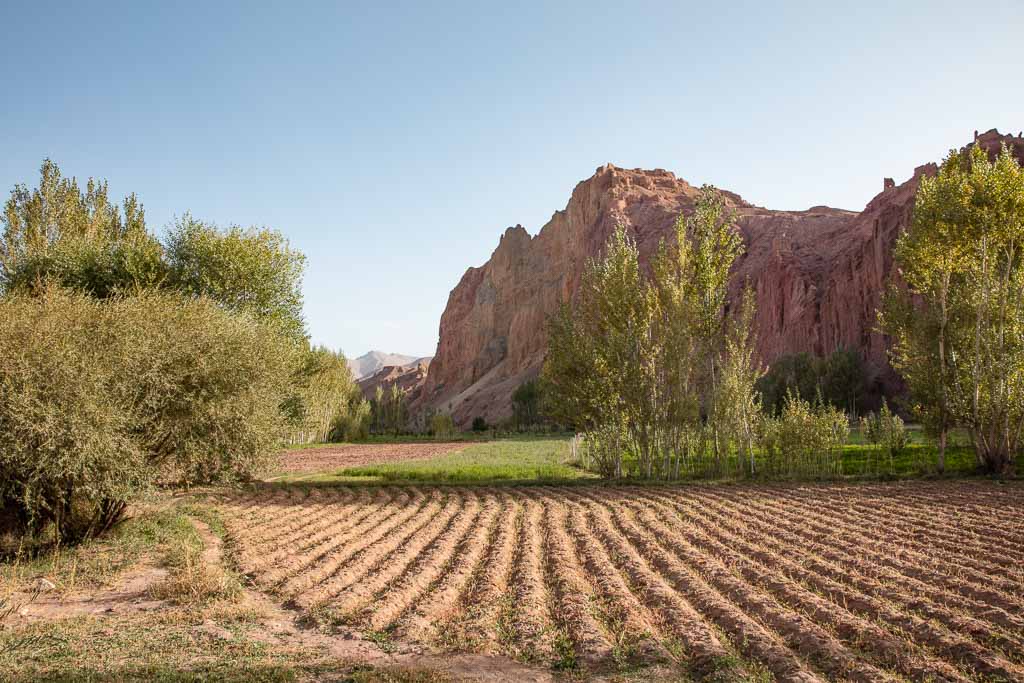
The Siege Of Bamyan & The Meaning Behind The Name Red City
The Mongol Horde descended on the Bamyan Valley in the spring of 1221 in pursuit of Jalaladin Mingburnu. During the Siege of Bamyan, Mutukhan, the beloved son of Genghis Khan was killed by an arrow cast from inside the beleaguered walls of Shahr e Zohak.
News of the death of Mutukhan enraged Genghis Khan who swiftly made the journey to Bamyan to obliterate everyone and everything in his path. His first target was Shahr e Zohak to avenge his grandson’s death.
Genghis destroyed the ancient citadel shortly after his arrival. Legend has it that the pink-red hues of the citadel and mountainside came from the blood of Genghis’s victims as he reigned terror on Shahr e Zohak, gaining the nickname of ‘the Red City‘.
Read about the other sacked citadel of Bamyan in Shahr e Gholghola
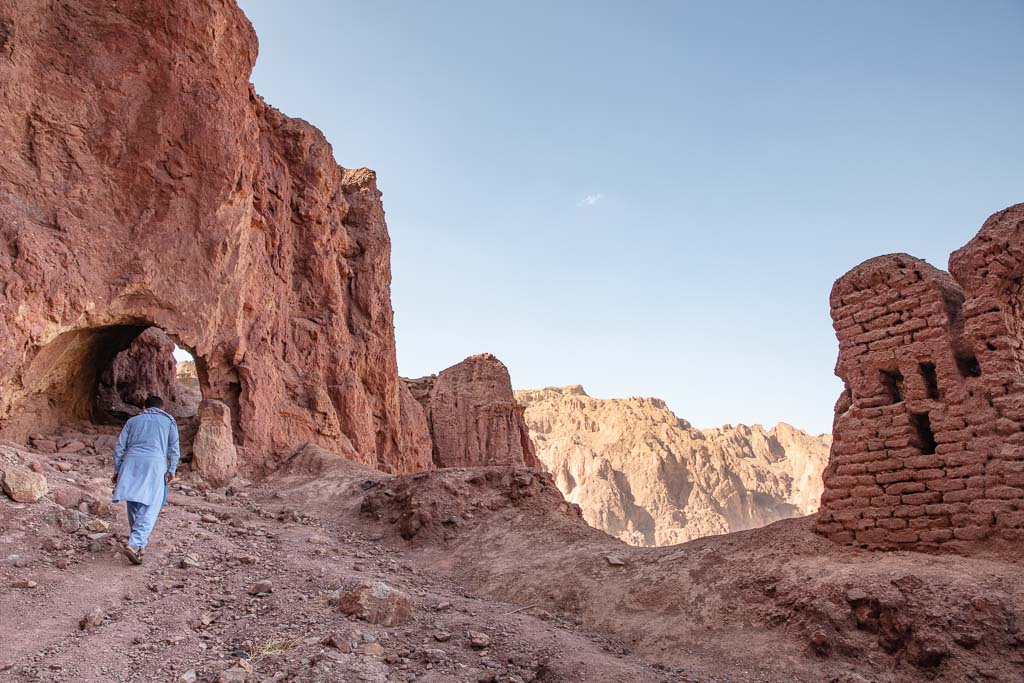
An Ancient Citadel Left In Ruin
Crumbling from years of neglect, reminders of the recent warfare, and baking in the harsh sun Shahr e Zohak sits falling into ruin. A path from the farm fields below at Shashpul winds up past the disintegrating red towers to the gates of Shahr e Zohak through a rock tunnel.
The trail continues to wind up where you can find an old anti-aircraft gun used during the Civil War. Be careful and try not to stray far off-trail, this area was landmined in the past and unexploded mines may still exist.
Looking for more ideas in Bamyan province? Make the jaunt out to Chehelburj
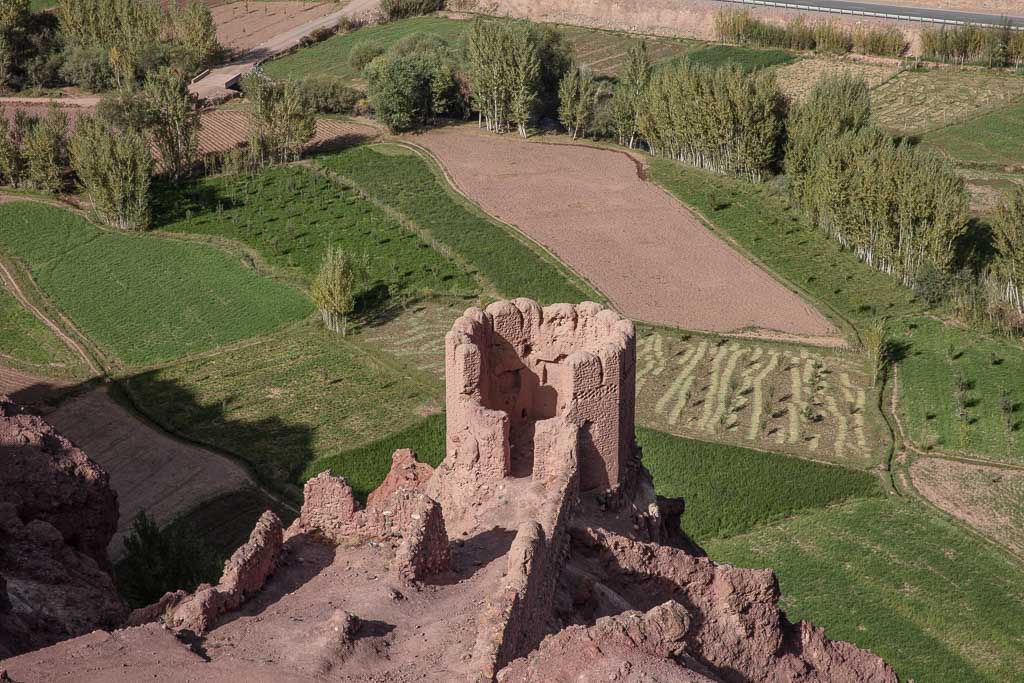
How To Get To Shahr e Zohak
Shahr e Zohak is located about 9 km east of Bamyan Bazaar. The easiest way to visit Shahr e Zohak is by private taxi hire, you can have your guesthouse or hotel in Bamyan arrange one for you and plan to pay about 500-1,000 AFS for a return trip.
You can grab a shared taxi from the Bamyan Bazaar for about 150 AFS per person and ask to be dropped off at either Tupchi or Shashpul. At Shashpul there is a checkpoint where your ticket will be checked by soldiers.
From the Shashpul checkpoint, it’s about a 1 km walk to the village of Kalu where the trail begins to climb up the hill.
You will need to have a Bamyan Entrance Ticket from the Director of Information & Culture, which is located right in front of the Buddha Niches in Bamyan. Tickets cost 300 AFS. They will be checked by soldiers at the Shashpul checkpoint.
Heading to Bamyan? Check out the Bamyan Travel Guide
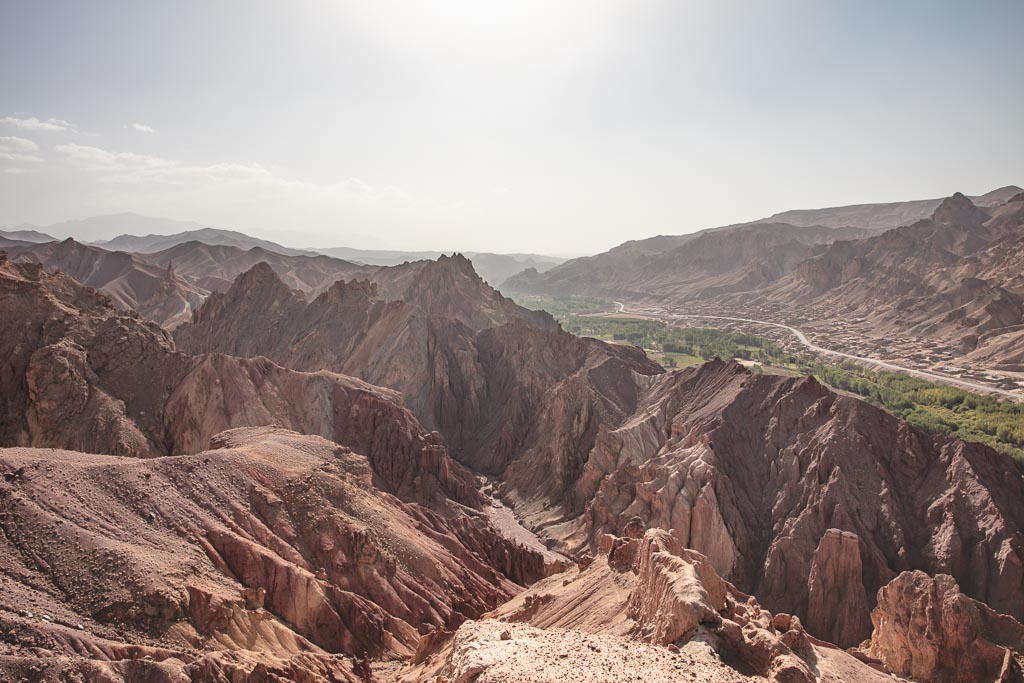
I recommend Let’s Be Friends Afghanistan for those of you looking to hire a local guide to visit the Bamyan area.

